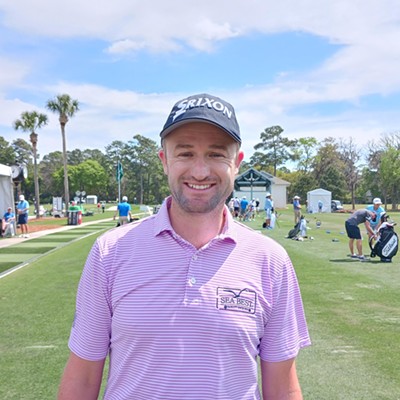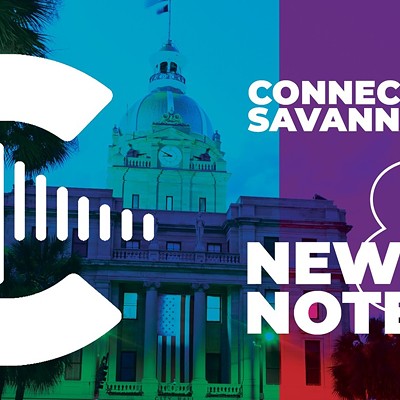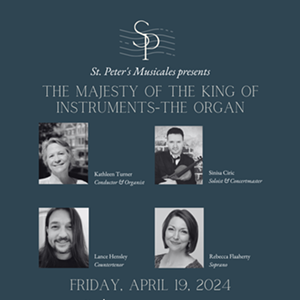The Savannah Economic Development Authority’s new President and CEO Steve Weathers has only been in town about four months, but he’s already got a clear vision of what needs to be done to build on the area’s economic success.
Last week Weathers spoke at the critical issues forum hosted by local law firm Hunter Maclean, where he addressed a room full of business and political leaders.
As the newcomer in the room, he stated his hesitance to proclaim too many definitive truths to an audience that had been doing business in the city for decades.
“I came here with more questions than answers,” he said, but as he continued, it was clear he’d spent time seriously considering the city’s standing in the region, its assets and faults.
“I hate to tell you this, but you’re not special,” Weathers joked, saying that ongoing questions about poverty, education and workforce readiness were not unique to Savannah. The differentiator between communities that succeed and fail is how they choose to deal with those issues.
Weathers encouraged attendees to view the “fabric of the economy,” the confluence of academia, arts and culture, community, tourism and corporations. Using the metaphor of a horse race, he explained that when the gates opened, it’s important for all the horses to run in the same direction.
Extending the metaphor into more practical terms, Weathers discussed how not enough was being done to leverage new business leads from visiting conferences, and outlined plans to work in concert with organizations like Visit Savannah to simultaneously attract professional conferences and decision makers to the area.
Although he downplayed interest in pursuing extensive development of hospitality sector businesses like new hotels, he recognized that tourism and hospitality play a crucial role in putting Savannah’s best face forward to businesses interested in relocating here.
While SEDA has made significant efforts in attracting new businesses, with a particular focus on manufacturing and distribution, Weathers signaled change on the horizon. He explained that 85 percent of job creation comes from the expansion of existing businesses, rather than the less predictable attempts to attract new businesses.
The key component to building businesses with stronger local ties, according to Weathers, would be to improve access to venture capital for startups. There is currently only one group of angel investors in Savannah, and because they are interested in returns rather than strictly local development, a portion of their funds goes outside the Greater Savannah area.
Weathers opened the floor to a question of what would be the area’s economic drivers over the next 10 years. Answers included healthcare, biomass, digital media and technology. He then added telecommunication, aerospace, the port and international business.
He said it would be important to recognize regional strengths and focus on particular industries rather than casting too broad a net because “we can’t be all things to all people.”
He outlined plans for a Savannah World Trade Center that would focus on assets like the port and distribution to attract companies with multi–national interests to the area. The plan, which is being studied now, would work in conjunction with City initiatives like the International Alliance to increase exports from the port.
Weathers would like to see the new endeavor housed in the former Georgia Power building on Bay Street over–looking the river.
With initiatives like the World Trade Center, strategic action in conjunction with the Chamber of Commerce and Visit Savannah and efforts to attract new businesses to the area, Weathers said his goal is to create 4,000 new jobs over the next five years.






























